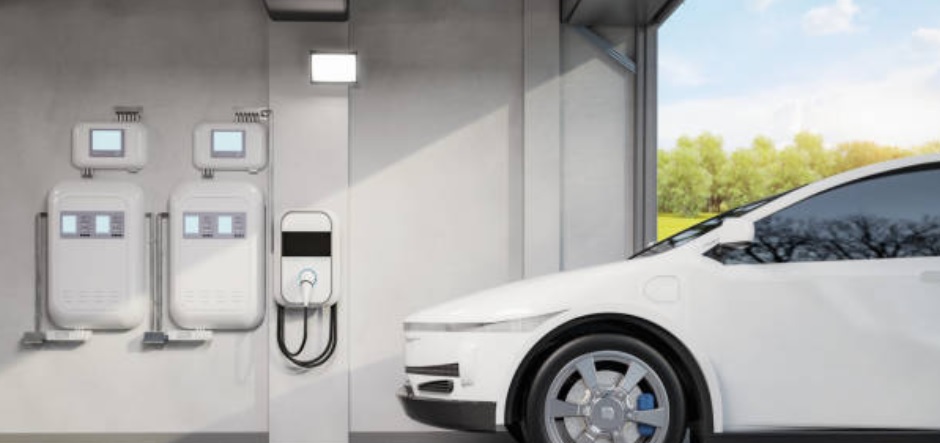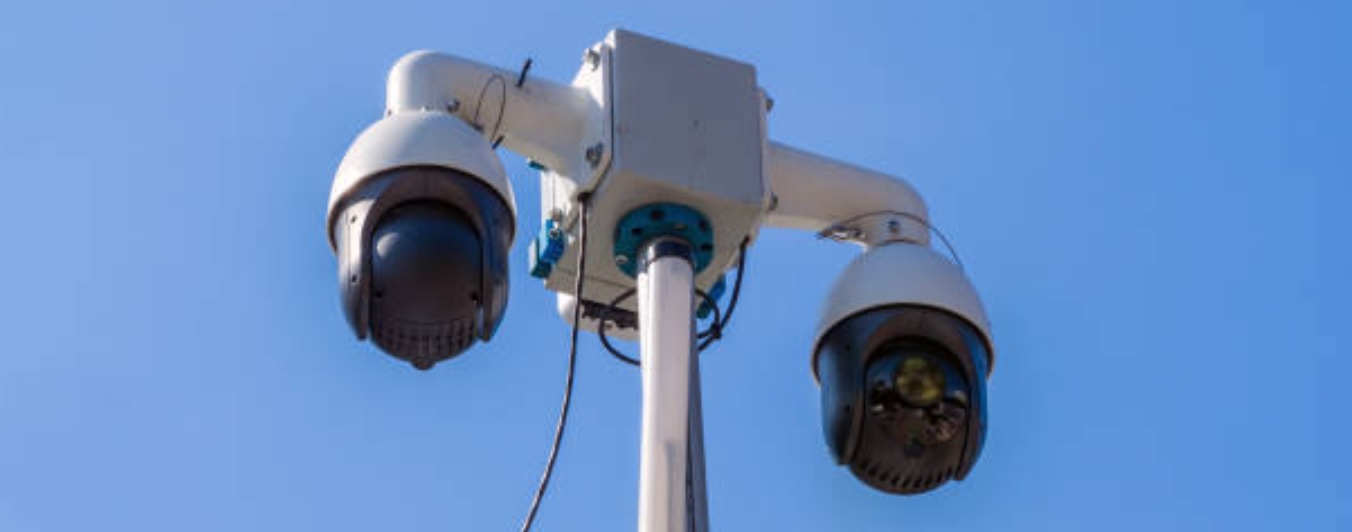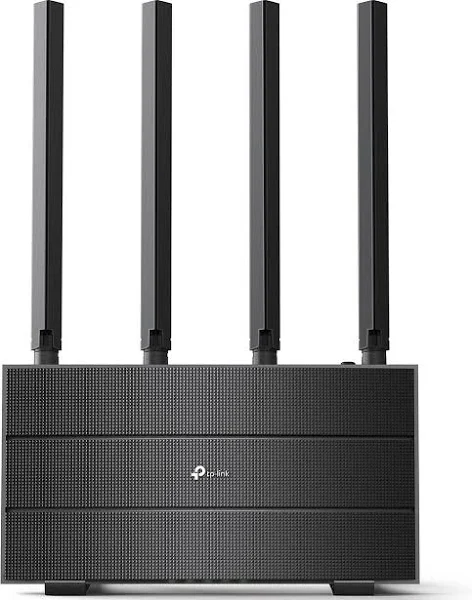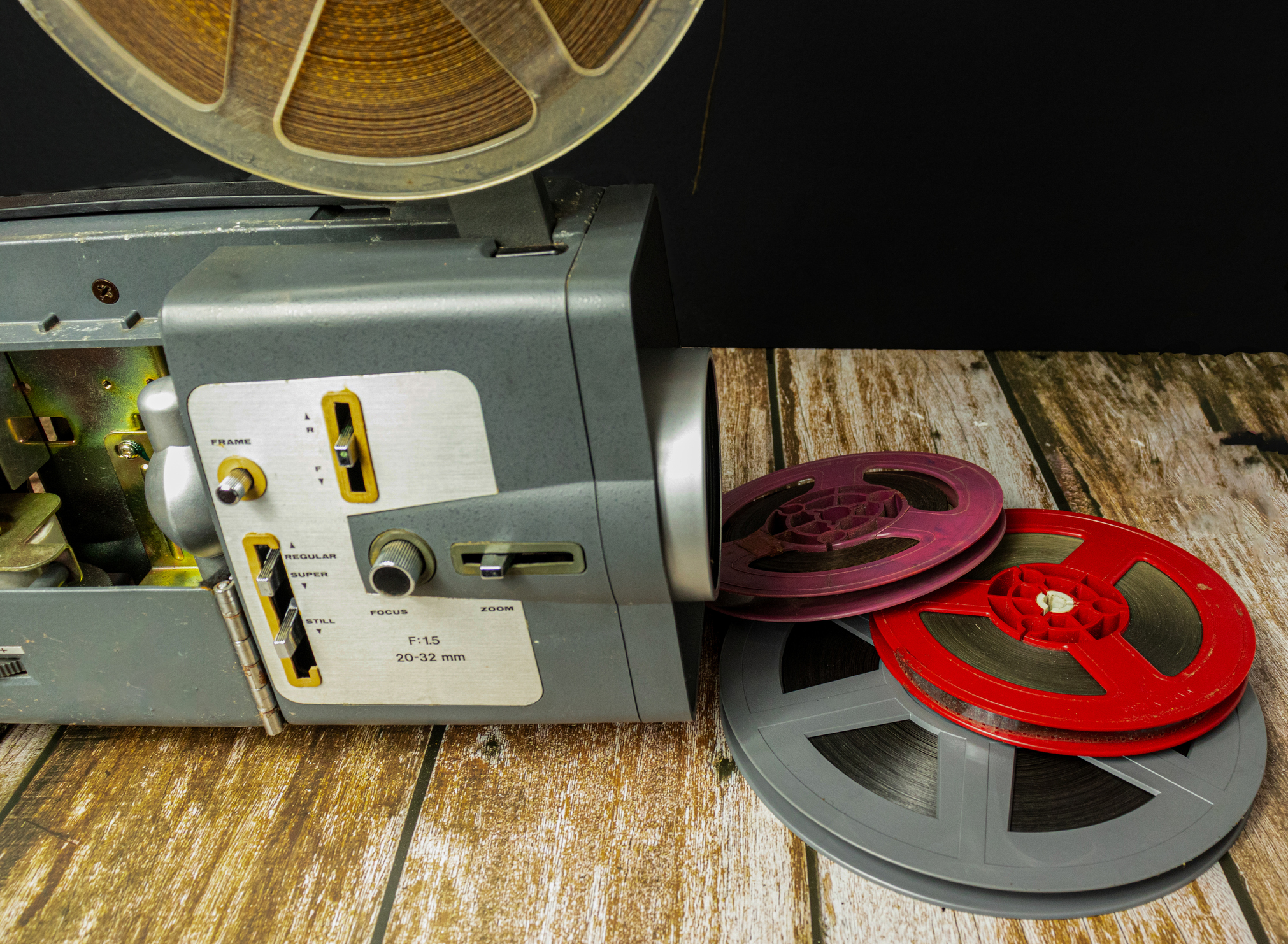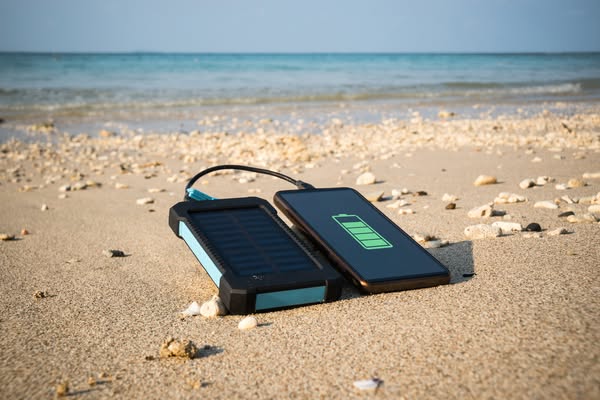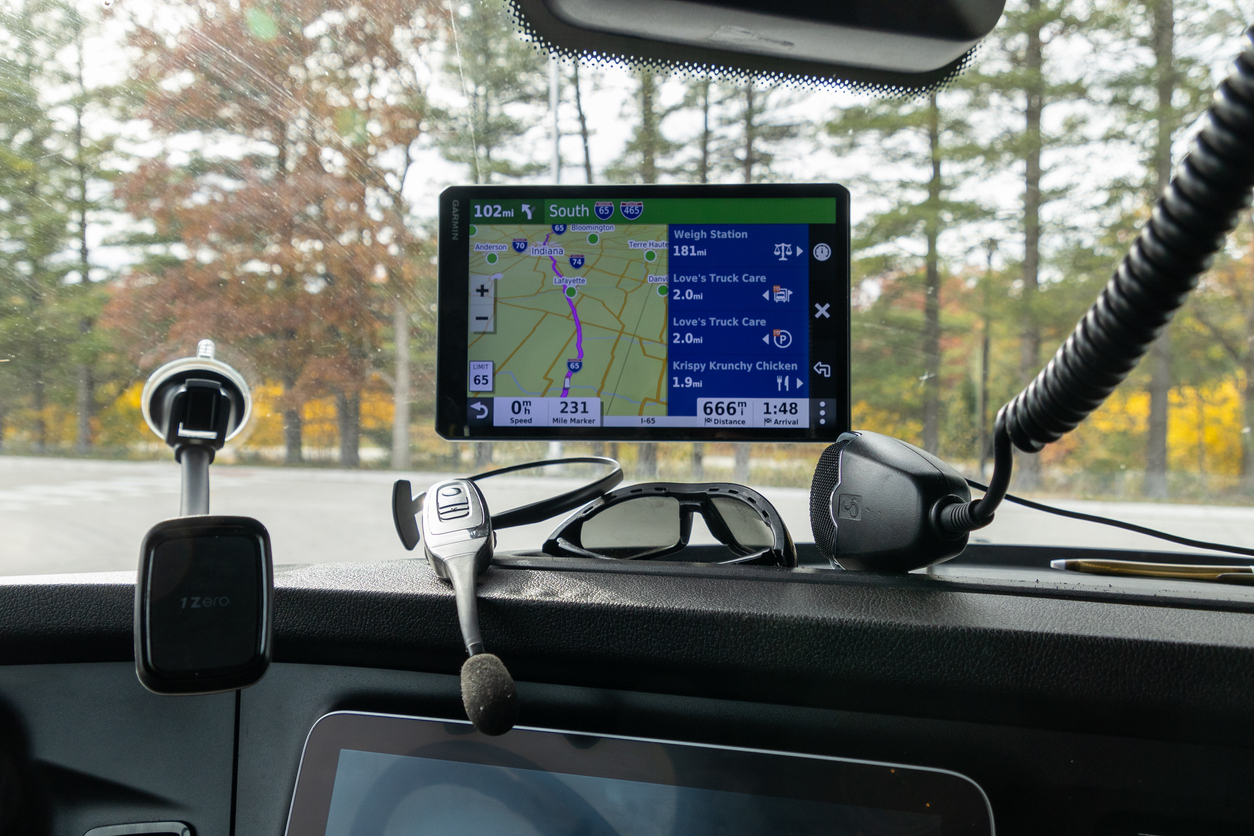The Ultimate Guide to Printer Cables: Everything You Need to Know for Your Business
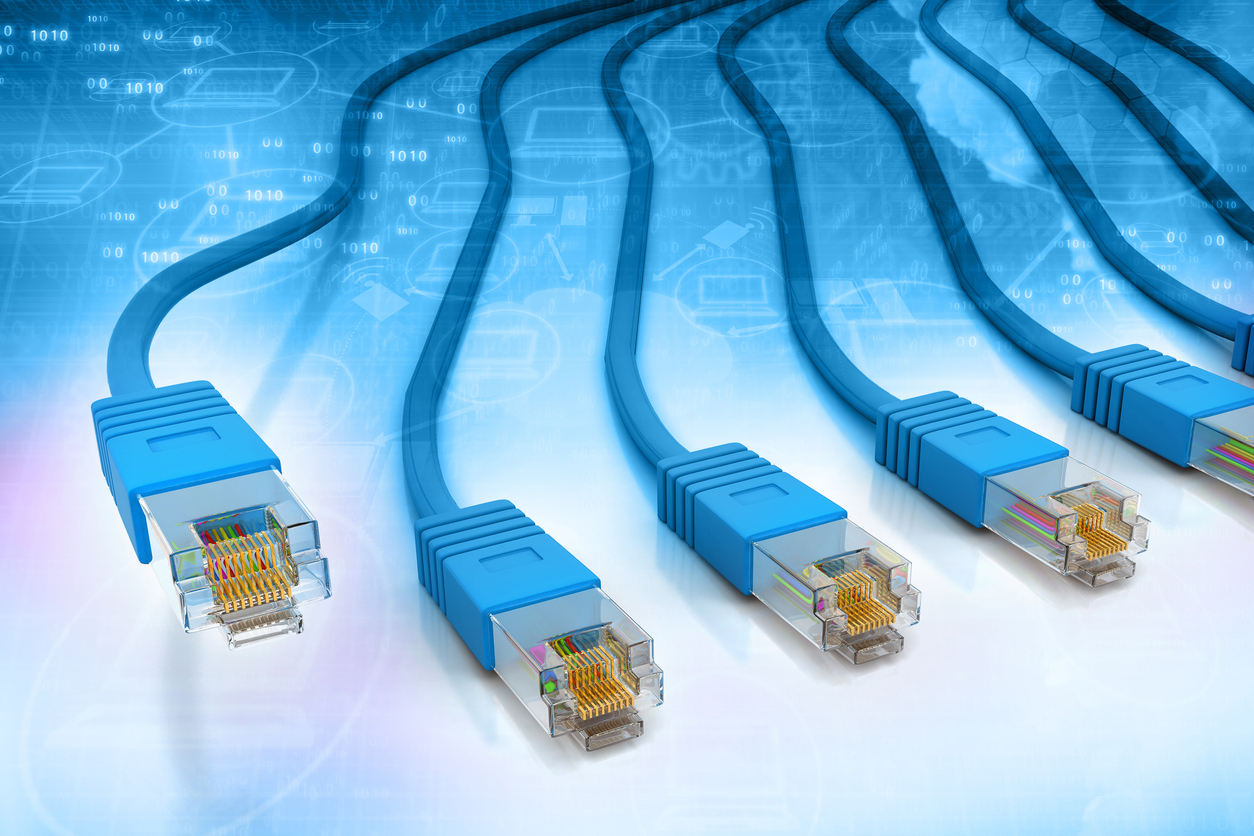
What Is a Printer Cable?
A printer cable is a physical connection that links your printer to your computer or network. This connection allows data to transfer between your device and the printer, enabling you to print documents, images, and other materials. There are several types of printer cables, each serving a specific function based on the printer and computer’s requirements.
Types of Printer Cables
1. USB Printer Cables
USB (Universal Serial Bus) cables are the most common type of printer cable. They are known for their simplicity and ease of use. Most modern printers and computers are equipped with USB ports, making this type of cable highly versatile.
- USB 2.0: Provides a standard connection with decent speed and compatibility.
- USB 3.0: Offers faster data transfer rates and is backward compatible with USB 2.0 ports.
USB cables are plug-and-play, meaning they are easy to install and require no additional drivers.
2. Parallel Printer Cables
Parallel cables, also known as Centronics cables, were widely used in the past but are now considered outdated. They were common in older printers and computers, providing a fast data transfer rate. However, modern devices typically do not support parallel ports, making these cables less relevant today.
3. Ethernet Printer Cables
Ethernet cables are used for networked printers. If your printer is connected to a network rather than directly to a computer, an Ethernet cable is required. This type of printer cable allows multiple users to access the printer simultaneously from different computers on the same network.
- Cat5e: Suitable for standard network speeds and most office environments.
- Cat6: Provides faster speeds and is ideal for more demanding network setups.
4. Serial Printer Cables
Serial cables are another older type of printer cable. They are rarely used today, as USB and Ethernet have largely replaced them. Serial cables were used for connecting printers to computers in the early days of digital printing but are now largely obsolete.
5. Bluetooth and Wireless Connections
While not a physical cable, Bluetooth and wireless connections are becoming increasingly popular. These methods allow printers to connect to computers and other devices without any cables, offering greater flexibility and reducing cable clutter.
Choosing the Right Printer Cable for Your Business
Selecting the right printer cable depends on several factors:
1. Printer and Computer Compatibility
Ensure the printer cable you choose matches the ports available on both your printer and computer. For instance, if your printer has a USB port and your computer does too, a USB cable is your best bet. For network printers, an Ethernet cable is essential.
2. Cable Length
Consider the distance between your printer and computer. Measure the distance and choose a cable that is long enough to connect your devices without straining. It’s always a good idea to have a little extra length to accommodate any changes in setup.
3. Quality and Durability
Opt for high-quality cables to ensure durability and reliable performance. Cheaper cables may not last as long and can cause connection issues. Look for cables from reputable manufacturers with good reviews.
4. Data Transfer Speed
For high-volume printing or large files, data transfer speed can be crucial. USB 3.0 cables, for instance, offer faster data transfer compared to USB 2.0, which can be beneficial for businesses that print large documents frequently.
Troubleshooting Printer Cable Issues
Even with the best cables, issues can sometimes arise. Here’s how to address common problems:
1. No Connection
If your printer isn’t recognizing the printer cable, check the connections at both ends. Ensure the cable is securely plugged in and that there are no bent or damaged pins. Restart both your printer and computer to reset the connection.
2. Printing Errors
If you encounter printing errors or poor print quality, it may not always be the cable’s fault. However, check for any damage or fraying on the cable. If the cable appears fine, the issue might be with the printer settings or software.
3. Cable Compatibility
Ensure that your printer cable is compatible with your printer and computer. Using an incorrect cable type or adapter can cause connectivity issues. Verify that you are using the correct port and cable type for your devices.
Benefits of Using the Right Printer Cable
Using the correct printer cable offers several advantages:
- Reliability: A high-quality cable ensures a stable connection, reducing the likelihood of printing errors.
- Speed: Faster cables like USB 3.0 or Cat6 Ethernet cables can improve print speed and efficiency.
- Ease of Use: Proper cables simplify setup and troubleshooting, making it easier to maintain your printing equipment.
Printer Cable Length: Choosing the Right Size for Your Needs
3 Feet: This is usually suitable for setups where the printer is close to the computer or device, such as on the same desk or within a small workspace.
6 Feet: A bit more flexible, this length is good for slightly larger work areas or when the printer is placed on a nearby table or shelf but still relatively close to the computer.
10 Feet: This length is useful for more spacious environments where the printer needs to be placed further away from the computer, such as across a room or in a separate corner of the workspace.
15 Feet: This is ideal for large office setups or situations where the printer is in a different room or significantly far from the computer. It allows for more flexibility in positioning without needing to use extension cables.
FAQ: Printer Cables and Connectivity
1. What is a USB printer cable?
A USB printer cable is a type of printer cable used to connect your printer directly to your computer. It typically features a standard USB connector on one end and a printer-specific connector on the other. This type of cable is highly common due to its ease of use and plug-and-play functionality, making it ideal for most modern printers and computers.
2. What are Porter cable tool accessories?
Porter Cable tool accessories refer to various attachments and add-ons designed to enhance the functionality of Porter Cable power tools. These accessories can include items like drill bits, saw blades, sanding pads, and more. They are not directly related to printer cables but are essential for optimizing the performance of Porter Cable tools in various tasks.
3. What color are printer cables?
Printer cables come in a variety of colors, but the most common ones are black, white, or gray. The color of a printer cable does not typically affect its performance or functionality. Instead, choose a color that matches your office setup or personal preference if aesthetics are important to you.
4. How do I connect a printer to a laptop with a cable?
To connect a printer to a laptop using a printer cable, follow these simple steps:
- Plug in the Cable: Insert one end of the USB printer cable into the USB port on your laptop and the other end into the corresponding port on your printer.
- Turn On Your Printer: Ensure your printer is powered on.
- Install Drivers: If your laptop does not automatically recognize the printer, you may need to install the printer’s drivers. These can be found on the printer manufacturer’s website or included in the printer’s installation CD.
- Select Printer: Go to your laptop's “Devices and Printers” or “Printers & Scanners” settings and select your printer from the list. Follow any on-screen instructions to complete the setup.
5. What kind of cable should I use to connect a new network printer to a nearby wall jack?
To connect a network printer to a wall jack, you should use an Ethernet cable. This type of printer cable is designed to connect devices to a network via an Ethernet port. Ensure you use a Cat5e or Cat6 Ethernet cable for optimal performance, depending on your network speed requirements.
6. What is a printer cable called?
A printer cable is commonly referred to by its specific type, such as a USB cable, Ethernet cable, or parallel cable, depending on the connection method used. The term "printer cable" broadly describes any cable used to connect a printer to a computer or network.
7. What is the most common connector type used when connecting a USB cable to the back of a printer?
The most common connector type used when connecting a USB cable to the back of a printer is the USB-B connector. This square-shaped connector is typically found on the printer side, while the other end of the USB cable has a USB-A connector that plugs into your computer.
Conclusion
In summary, the right printer cable is essential for efficient and reliable printing in any business setting. By understanding the different types of printer cables available and how to choose the best one for your needs, you can ensure smooth operations and minimize downtime. Whether you need a USB cable for a direct connection or an Ethernet cable for a networked setup, investing in the right printer cable will enhance your business’s productivity and keep your printing tasks running smoothly. Don’t let a poor-quality or incompatible printer cable hinder your operations. Choose wisely, and your printing setup will serve your business efficiently and effectively for years to come. Feel free to reach out if you have any more questions about printer cables or need further assistance. Happy printing!

